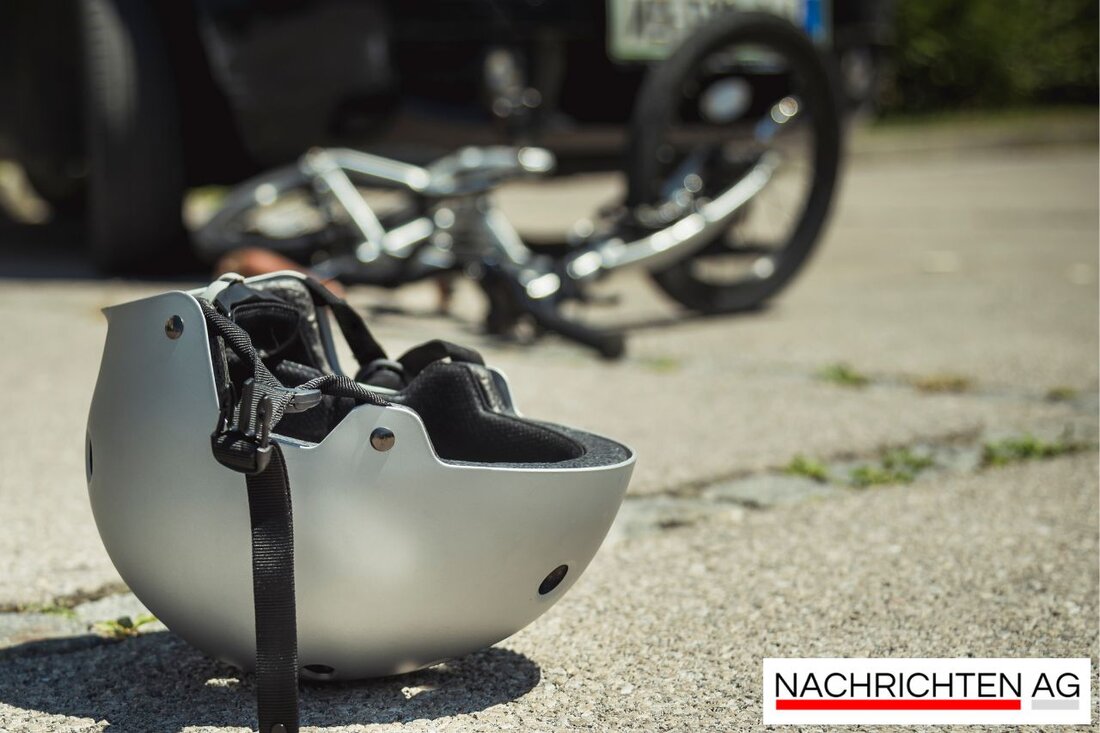Cycling in Vienna: Battle for safety between bikers and e-mopeds!
The article highlights the development of cycling in Vienna, challenges posed by e-mopeds and planned measures for more safety.

Cycling in Vienna: Battle for safety between bikers and e-mopeds!
Cycling in Vienna is increasingly becoming a sustainable form of transport, but developments in city traffic also pose challenges. Cyclists can now reduce waiting times at traffic lights on a new cycle path near Westbahnhof. However, this positive change is not the only news. According to a report by the Vienna newspaper There has been a noticeable increase in the number of e-mopeds in recent years, which are primarily used by delivery services. These e-mopeds, often heavy and fast, pose an increasing danger to cyclists.
The author of the report, who has been cycling through Vienna since she was nine, emphasizes that the situation for cyclists has improved significantly over the past 10-15 years. More cycle paths, the right to turn right on red, better repair options and more parking spaces are positive developments. Nevertheless, conflicts between drivers and cyclists seem to be increasing - especially on Mariahilferstrasse, where there are considerations about a cycling ban.
E-mopeds and safety on cycle paths
The current situation surrounding e-mopeds is particularly explosive. These are currently legally classified as bicycles and are therefore allowed to ride on cycle paths. The introduction of license plate and helmet requirements has been discussed for a long time. With the aim of banning dangerous and fast e-mopeds from cycle paths, Mobility Minister Peter Hanke is planning draft laws to amend the Road Traffic Act and the Motor Vehicle Act in the summer of 2025. The data shows alarming figures: in measurements on Lassallestrasse, 50% of e-mopeds exceed the permitted speed of 25 km/h, and some even drive over 34 km/h. According to the City of Vienna In the future, e-mopeds will be considered motor vehicles, which would require registration and additional safety rules.
Somehow everyone seems to be looking for the perfect solution. Creating the safest possible infrastructure is particularly important in order to meet the ever-growing mobility mix. The author suggests that cyclists dismount in narrow areas to avoid conflict. A clever suggestion, considering the rare but occasional serious accidents between cyclists and pedestrians on Mariahilferstrasse.
Climate goals and the future of mobility
Another aspect that should not be ignored in the mobility discourse is CO2 emissions. These rose by 8% in the mobility and transport sector in 2022. The international goal is a 20% reduction by 2030. A study by Fraunhofer ISI shows that new forms of shared micromobility, including e-scooters and e-bikes, can potentially reduce CO2 emissions in cities. Lime emphasizes that progress is being made in decarbonizing its services.
Discussions about how e-scooters and e-bikes can contribute to environmental protection are also increasing. Ultimately, however, the net effect of micromobility depends heavily on the number of replacement trips that replace high-emission means of transport. Linking micromobility and public transport could be a key to greater sustainability.
The future of cycling in Vienna remains exciting. The urgently needed expansion of cycle paths and the creation of safe parking spaces are key issues that need to be addressed to ensure the safety of all road users and support the city on the path to lower carbon mobility.

 Suche
Suche
 Mein Konto
Mein Konto